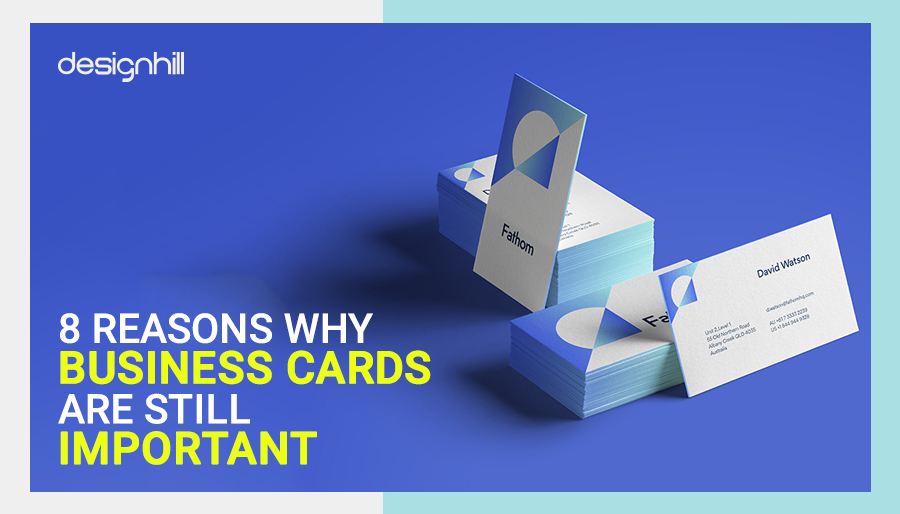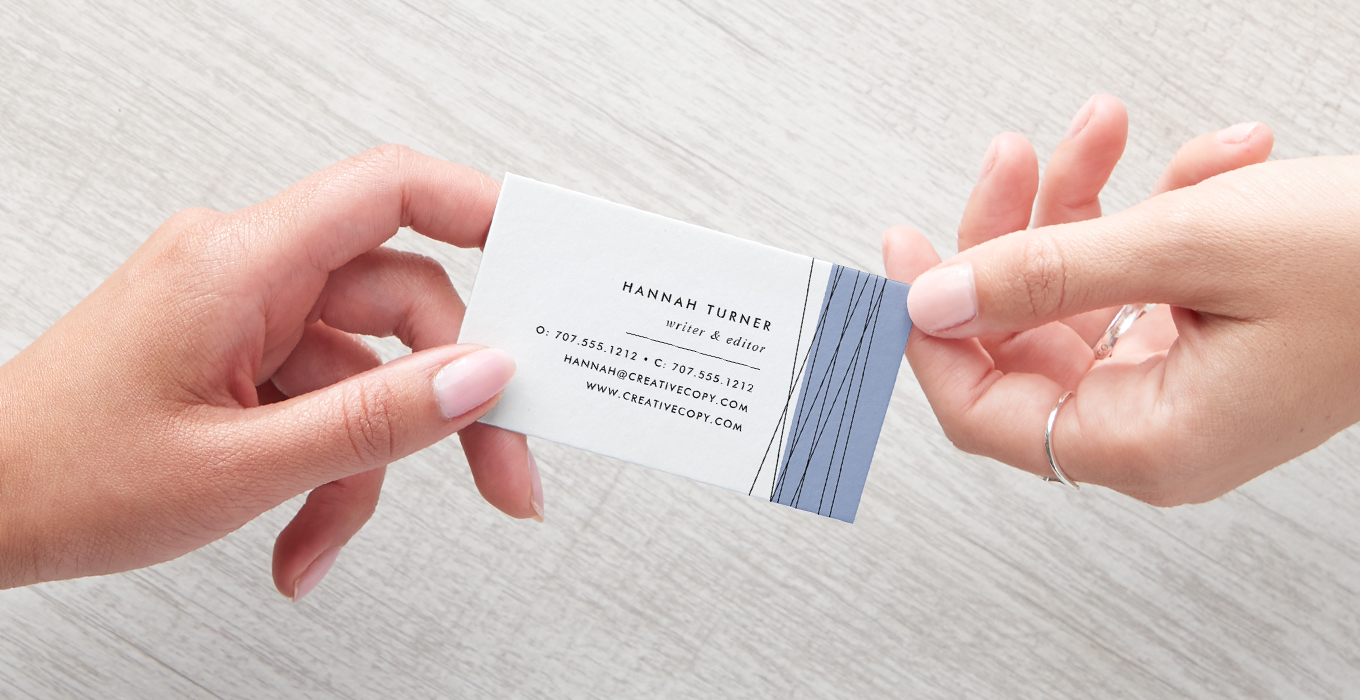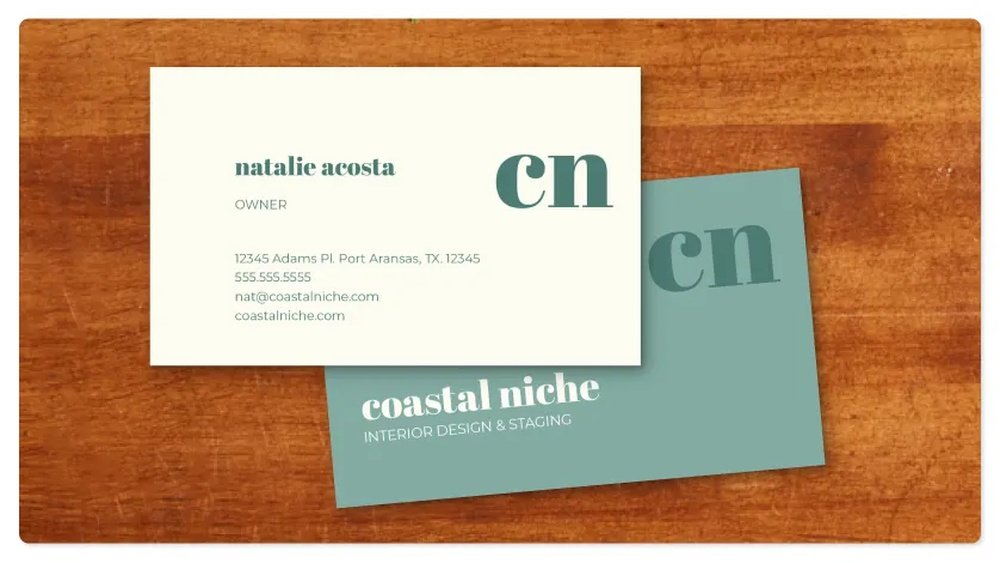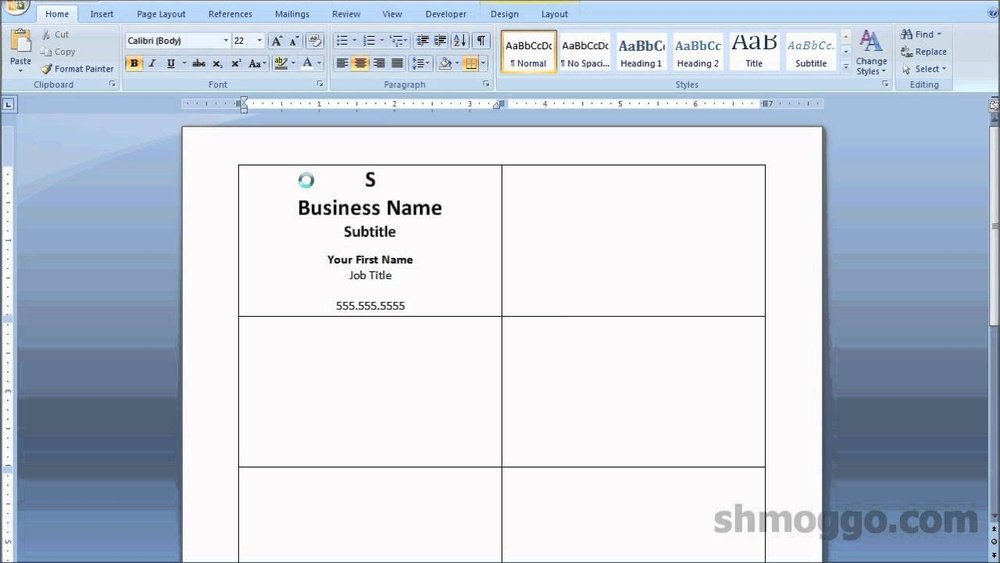Have you ever handed someone your business card and noticed their eyes light up? That small piece of paper can open doors you didn’t expect.
Your business card is more than just contact info—it’s a powerful tool that leaves a lasting impression. Imagine turning a brief encounter into a lasting connection, simply by sharing your card. You’ll discover why business cards matter and how they can boost your professional success in ways you might not have realized.
Keep reading to unlock the secret power behind this simple tool.

Credit: www.designhill.com
Purpose Of Business Cards
Business cards serve a clear and important purpose in professional settings. They help people introduce themselves and share key information quickly. These small cards carry a lot of value beyond just a name. They create a lasting impression and make future contact easy.
First Impressions
A business card is often the first thing someone sees about you. It shows your style and professionalism. A neat, well-designed card can make you look trustworthy and serious about your work. It helps you stand out in meetings, events, or casual encounters. The card’s look says a lot about your business and personality.
Contact Information Sharing
Business cards make sharing contact details simple and fast. They include your phone number, email, and company name all in one place. People can save this information easily for future use. It avoids mistakes that happen when sharing details verbally. The card acts as a quick reminder of who you are and how to reach you.

Credit: www.designhill.com
Networking Benefits
Business cards play a key role in networking. They help start and grow professional relationships. Having a card ready makes meeting new people easier and more effective. It shows you are prepared and serious about your work.
Building Connections
Business cards make it simple to share your contact details. They help you leave a lasting impression. People remember you better when you give them a card. It builds trust and opens doors for future talks. Cards are a quick way to connect beyond a brief meeting.
Facilitating Follow-ups
Follow-ups are crucial after meeting someone new. A business card gives you the right contact info to reach out. It makes sending emails or calls easier and faster. The card also reminds the other person about your meeting. This helps keep the conversation going and grow the relationship.
Brand Representation
Business cards serve as a small but powerful tool for brand representation. They carry the essence of a company’s identity in a compact form. A well-crafted business card leaves a lasting impression on clients and partners. It helps people recognize and remember the brand easily.
Design And Identity
The design of a business card reflects the brand’s personality. Colors, fonts, and logos all work together to show what the brand stands for. A unique design sets a business apart from competitors. It creates a visual connection that people can associate with the brand. Simple and clear designs often work best for quick recognition.
Professionalism And Credibility
A neat and professional business card builds trust. It shows that the business takes its image seriously. Handing out a quality card suggests reliability and care. It makes potential clients feel confident about working with the brand. A sloppy or missing business card might raise doubts about the business’s seriousness.

Credit: www.zazzle.com
Marketing Advantages
Business cards offer clear marketing advantages for any business. They provide a simple way to share contact details and create a lasting impression. A well-designed card can boost brand visibility and attract potential clients. The real strength lies in their ability to promote your business affordably and effectively.
Cost-effective Promotion
Business cards are one of the cheapest marketing tools available. Printing a batch costs less than many online ads. They do not require ongoing fees or subscriptions. You invest once and use them many times over. This makes business cards a smart choice for small budgets. They deliver good value by reaching many people without extra cost.
Targeted Audience Reach
Business cards reach the right people directly. Handing them out at events or meetings targets interested audiences. This personal touch increases the chance of follow-up contact. Cards can be designed to appeal to specific groups. This focus helps your marketing message connect better. You avoid wasting resources on uninterested viewers.
Digital Integration
Business cards have evolved beyond simple paper contacts. Digital integration brings new life to these small tools. They now connect the physical world with online spaces. This makes networking faster and more effective.
Qr Codes And Links
QR codes on business cards store digital information. Scanning a code leads directly to a website or profile. This saves time typing addresses or searching online. Links can also guide users to portfolios, videos, or social media pages. It creates instant access to more details about a person or company.
Bridging Offline And Online
Business cards act as a bridge between real meetings and the internet. They start conversations in person and continue online. This helps build stronger connections and trust. Physical cards with digital features offer the best of both worlds. They keep networking simple but open many new doors.
Practical Tips
Business cards are small but powerful tools. They help you share your contact quickly. Knowing practical tips can make your cards more useful. This section covers key advice to improve your business card use.
Design Best Practices
Keep the design simple and clear. Use easy-to-read fonts and avoid clutter. Choose colors that match your brand. A clean layout helps people find your info fast. Include only important details like name, job title, and contact. Use high-quality paper for a professional feel. Add a logo to build brand trust. Make sure the card size fits standard holders.
When To Distribute
Give your card after meeting someone new. Share it at networking events or business meetings. Hand out cards during conferences or trade shows. Offer your card when someone asks for contact info. Avoid giving cards too early in a conversation. Wait until you have a meaningful exchange. Always carry cards with you for unexpected chances. Hand your card with a smile and firm grip.
Frequently Asked Questions
Why Are Business Cards Still Relevant Today?
Business cards remain relevant as they provide a quick, tangible way to share contact details. They create a lasting impression and support face-to-face networking, which digital methods can lack.
How Do Business Cards Improve Networking Opportunities?
Business cards make networking easier by offering a professional, easy-to-share contact method. They help start conversations and leave a memorable mark at events or meetings.
What Key Information Should A Business Card Include?
A business card should include your name, job title, company, phone number, email, and website. Clear, concise details ensure easy follow-up and professional communication.
Can Business Cards Boost Brand Recognition?
Yes, well-designed business cards reinforce your brand identity. They display logos, colors, and fonts that make your business memorable and trustworthy to prospects.
Conclusion
Business cards help you share your contact details quickly. They create a strong first impression in meetings. People remember you better with a well-designed card. Cards make networking easier and more personal. They show that you are professional and prepared.
Carrying business cards keeps you ready for new chances. Small but powerful, they open doors to connections. Never underestimate the value of this simple tool. Keep your cards updated and always within reach. A business card speaks for you, even when you can’t.



